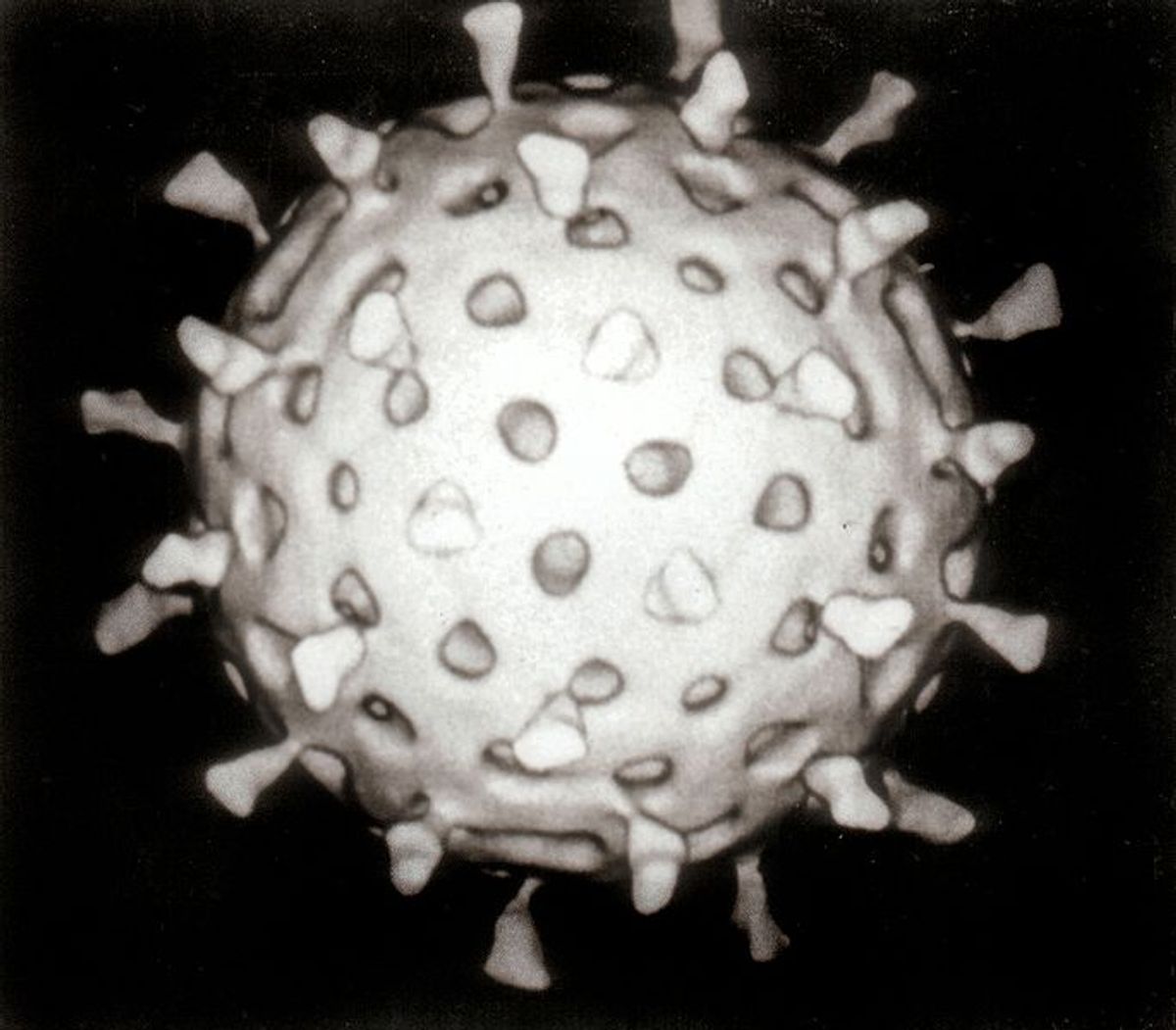Currently, advanced diagnostic tests can require around $200,000 worth of equipment in order to read results. According to Medical News Today, two researchers from the University of Houston in Texas have devised a new method that would reduce that costs to $20 by using a smartphone, attachable lens and nanotechnology.
Jiming Bao, an assistant professor of electrical and computer engineering, and Richard Wilson, a professor of chemical and biomolecular engineering, published (along with their colleagues) their method in the journal ACS Photonics.
The challenge was to create a simple system that is both time- and cost-efficient. After overcoming an initial failed trial, they developed a diagnostic “biosending device” using nanoholes measuring only 600 nanometers, a gold-plated slide and, as Medical News Today put it, "antibodies carrying enzymes that produce silver particles when exposed to certain chemicals.” Now all you have to do is add your bacterium or virus and let the device react. Medical News Today describes the process:
You place a sample of pathogen on the slide, you bathe the slide in a solution containing antibodies that you know react uniquely with various pathogens, then you shine a light through the holes and if they are blocked you have a positive result.
Of course then you need a microscope powerful enough to magnify the slide and read the results. Enter any smartphone with a flash, and an attachable lens. “With this, you can add $20 to a phone you already have and you’re done,” said Professor Wilson. Fifteen minutes later you can rinse the slide and repeat.
The method isn’t quite ready for field use — they still need a method for getting the virus or bacteria into the microscopic nanoholes. If it does become functional it could be used in poor areas that lack an advanced diagnostic lab, or to quickly and portably analyze a contagion in the case of a large incident.

Shares